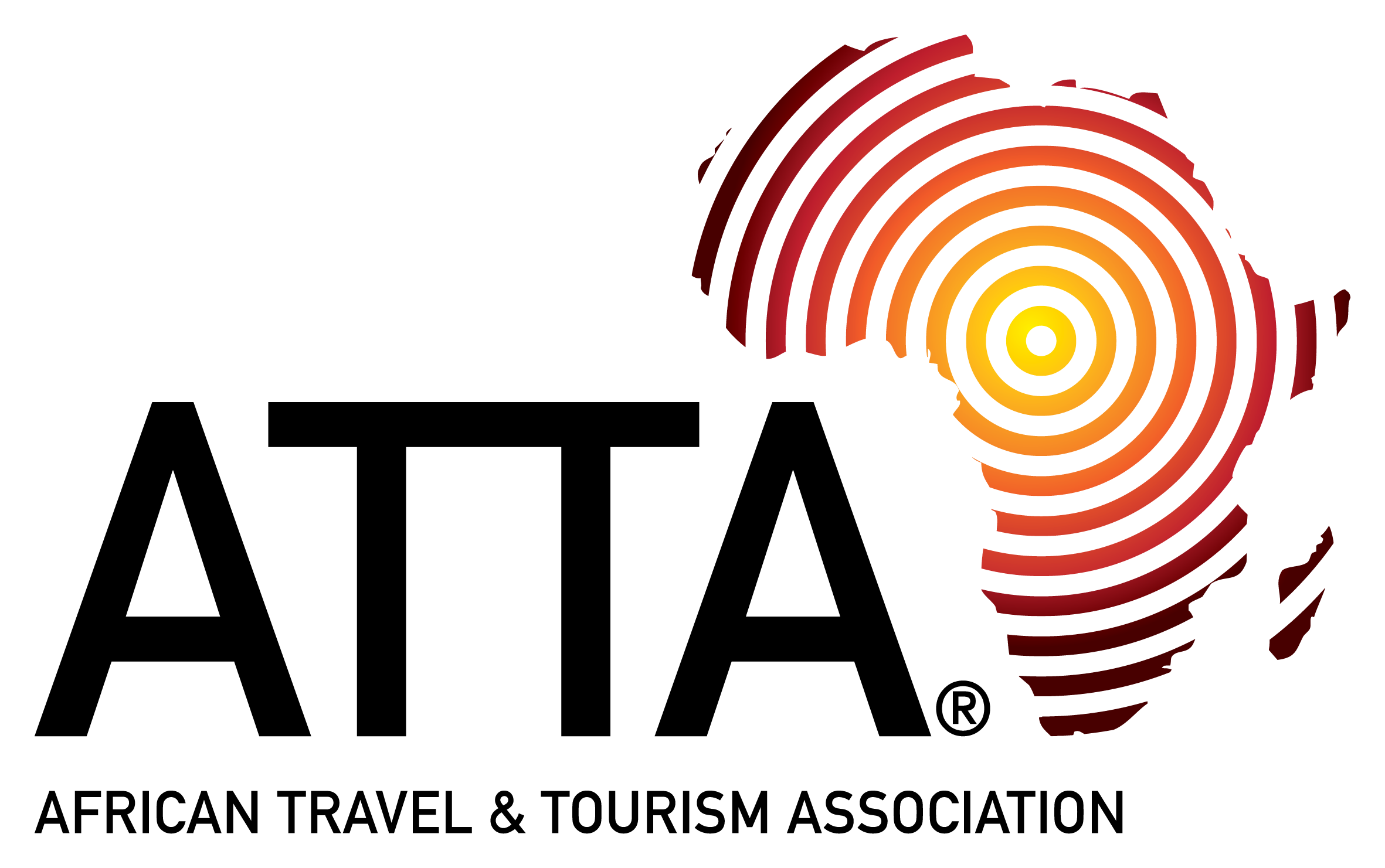North Luangwa National Park is a remote 4,600 sq km tract of land in the far north of the Luangwa Valley. Unlike the adjoining South Luangwa National Park, which is much larger, North Luangwa has no permanent lodges, only temporary bush camps which operate seasonally. This has the effect of greatly limiting the number of visitors into what is a relatively small park. Game-viewing takes place largely on foot, with only a select few local safari operators permitted to conduct walking safaris in the region. This gives North Luangwa a unique appeal that few other safari parks in Africa can match – it’s untouched and isolated, and offers a wilderness experience quite unlike anywhere else.
Though it is more compact, North Luangwa is as diverse in scenery and wildlife as the more widely-accessed South Luangwa National Park. The Luangwa River forms the park’s eastern border, as it does the South Luangwa’s, while the towering Muchinga escarpment, which rises several hundred metres from the floor of the valley, marks its western boundary, its vague outline visible from the river on a clear day. A number of tributaries flow through the park, fed by the both Luangwa River and the Mwaleshi River, which runs over the escarpment in a series of waterfalls. This plentiful water supply ensures that the game in the North Luangwa is often widely dispersed—there is no single or primary water source.
Much of North Luangwa is densely wooded, with large forests of mahogany, acacia and leadwood. Unlike the South Luangwa, which is almost entirely flat, as much as one quarter of the total area of North Luangwa is taken up by the Muchinga escarpment. In the higher regions of the escarpment and the surrounding slopes one finds semi-evergreen forest, quite different to the acacia thicket and riverine forest found on the valley floor and close to the Luangwa River. Activities tend to focus on either of the two rivers, with game-viewing taking place largely on foot (game drives are restricted in the Mwaleshi sector, where the best game-viewing can be had).
The North Luangwa is unfenced and there is no restriction on the movement of wildlife between the northern and southern sections of the valley; as such, the wildlife that you can expect to encounter in both parks is similar. The more varied landscape of flats and hills does accommodate a greater diversity of birdlife in the northern Luangwa, but the mammal species are largely identical, except for the addition of black rhino which were successfully introduced to the North in 2003, and some smaller mammals such as bushpig that thrive in the hills. As in the South Luangwa, there are large lion prides and huge buffalo herds to be seen, as well leopard, elephant, and a great variety of antelope, including endemics such as Cookson’s wildebeest (more common in the North than in the South Luangwa).
In and around North Luangwa National Park, Zambia
North Luangwa National Park has no permanent lodges, only a small selection of seasonal camps, most of which accommodate fewer than ten guests. Our favourite camp is Mwaleshi, which is situated in the far west of the park on the Mwaleshi River. This is a remote area, where game-viewing is strictly on foot, so it might not appeal to those who prefer a more laidback, pampered experience - but then this is exactly what sets the North Luangwa apart from its neighbour to the south.
North Luangwa has its own airstrip, which can be accessed via Lukuzi or Mfuwe in South Luangwa NP. The short flight is generally the best way to access the park, particularly if you’re doing a combined North and South Park safari. There is also road access, but the terrain is difficult and the journey long – it can be a full day drive from the South Luangwa to the North depending on the location of your camp.




